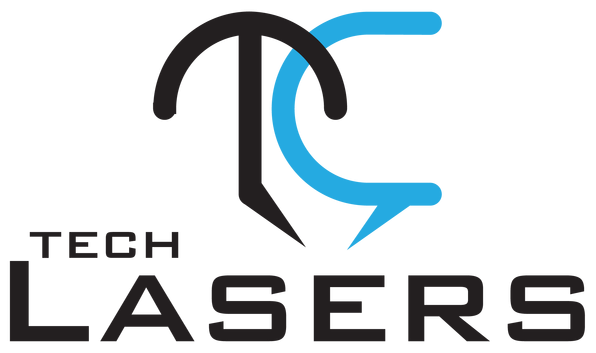Solar energy adoption accounts to the major portion of renewable energy creation in the world. But solar energy has been found to be extensively expensive to install and maintain. It happens to yield to profitability and results after a considerable amount of time. However a team of researchers at MIT had come up with a remarkable solution which can help in increasing the power generation by solar panels by reducing the waste heat amount. This can prove critical to further the success, feasibility and profitability of adopting the solar energy as a means of energy creation on global scale.
Ground breaking discover in the realm solar energy
MIT researchers have developed a new solar cell possessing the ability to enhance the power generation at the same time limiting heat loss during the creation. Researchers has emphasized that by developing solar cell in their own unique unoptimized geometry they will certainly end up in breaking the Shockley-Queisser limit.
Shockley-Queisser limit is one the most important theoretical explanation which states the maximum level of efficiency which can be attained by any given solar cell. It should be noted that the maximum limit of efficiency achieved by the commonly used silicon based solar cells is just around 32 percent. MIT researchers has found a smart way to enhance the efficiency quotient of the solar cells which could even result in breaking the Shockley-Queisser limit.
There are various tricks which can be employed to enhance the efficiency of solar cells such as staking cells. But researchers made use of a different technique called thermo photovoltaics. It can be simply stated as a process in which when sunlight is changed into heat then it gets released as light which happens to be optimum means for absorption by solar cells.
MIT developed special solar cell can overcome Shockley-Queisser limit
Solar cells works best on a particular wavelength of light which happens to be about 600 nm. Mostly Sun emits the ultraviolet rays and infrared while first happens to be too short and other is too stretched. Since the radiation emitted by our sun is quite limited it results in dramatically limiting the efficiency of the solar cell likewise. Furthermore it should also be understood that the job of solar cells revolves round capturing the sun light and turning it into energy. Heat is completely unwanted in a solar cell, it is only seen as a waste energy and it seriously limits the normal operation of the solar cell.
MIT researchers have developed such a kind of cell which doesn’t offer a chance to the heat to dissipate. The nanostructure of carbon present in the solar cell helps in converting that heat into the light which results in enhancing the efficiency of the solar cell. This technique devised by the researchers will help in saving the sunlight for later use in the solar cells. At first it was all just theory but researchers had been able to develop this particular kind of solar cell which stores the heat energy for later use.

 Methods for Creating High-Quality Custom Apparel with Direct-to-Film Transfers
Methods for Creating High-Quality Custom Apparel with Direct-to-Film Transfers  How SASE Solutions Empower Productive Workforces in a Digital Era
How SASE Solutions Empower Productive Workforces in a Digital Era  Excel vs PDF: Which Dominates Document Sharing in 2025? (Data-Driven Comparison)
Excel vs PDF: Which Dominates Document Sharing in 2025? (Data-Driven Comparison)  TitaniumInvest.com Money 2024: AI‑Driven Tools Outperform Traditional Banking
TitaniumInvest.com Money 2024: AI‑Driven Tools Outperform Traditional Banking  Why Your Link Building Efforts Might Fail
Why Your Link Building Efforts Might Fail  How to Request or Give Remote Control in a FaceTime Call on iPhone
How to Request or Give Remote Control in a FaceTime Call on iPhone  The Rise of Intelligent Automation in Business Operations
The Rise of Intelligent Automation in Business Operations  The Best Ideas for Designing Your Custom Printed Ring Binder
The Best Ideas for Designing Your Custom Printed Ring Binder  How Technology is Changing the Way We Play Hearts
How Technology is Changing the Way We Play Hearts 